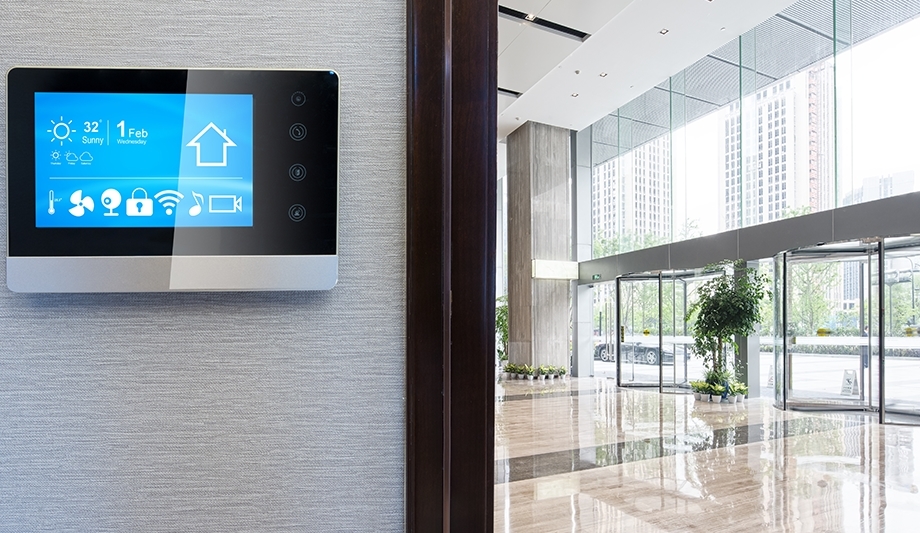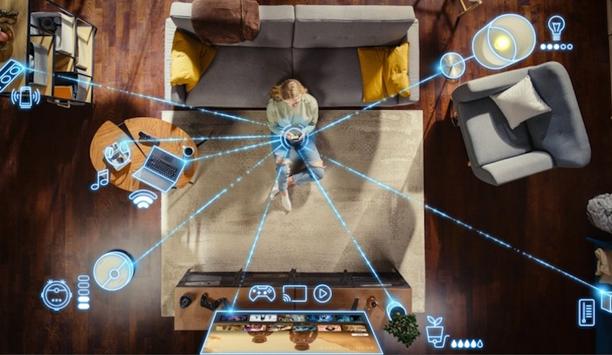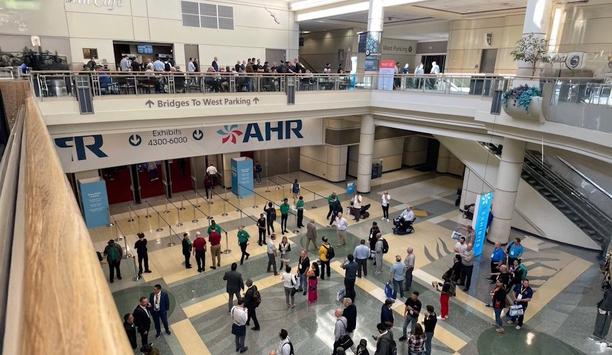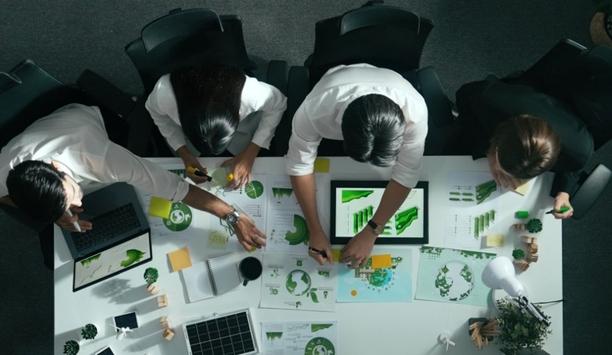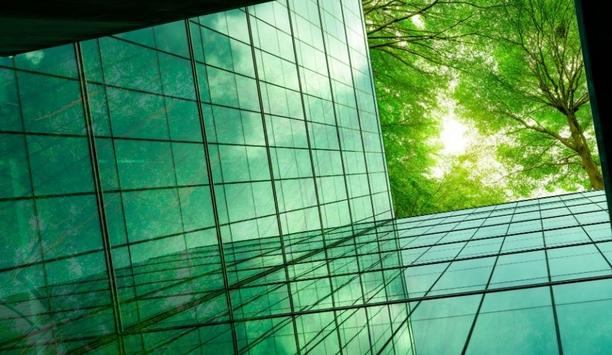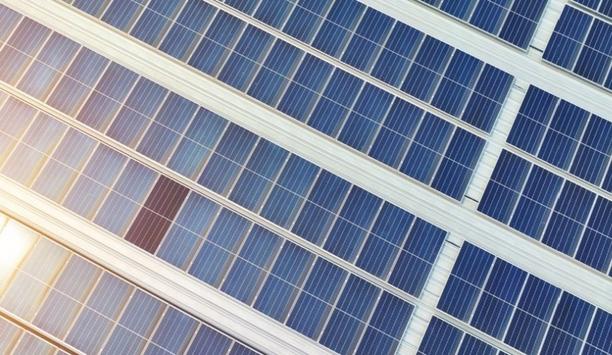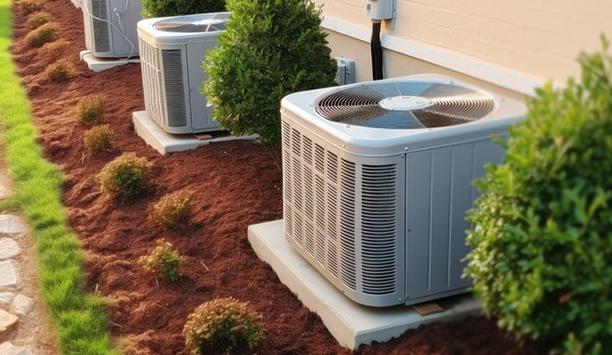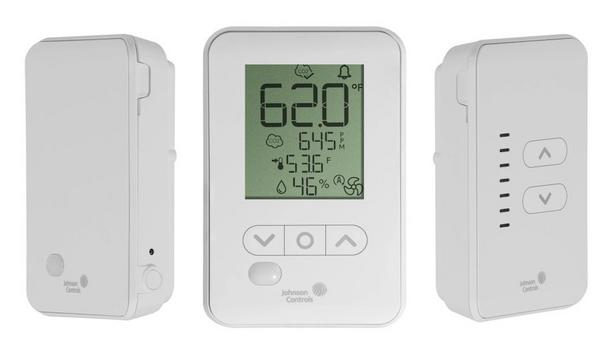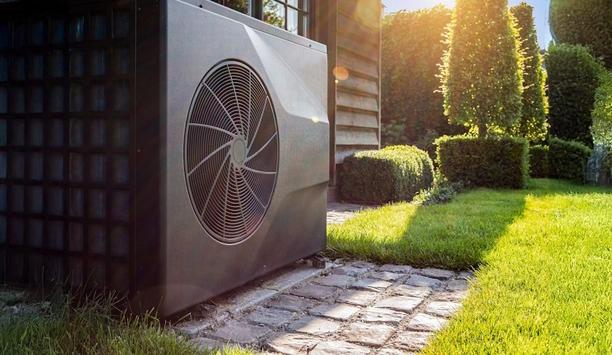Advanced, connected technologies will drive the evolution of smart buildings and improve operation of various systems including HVAC. Johnson Controls’ 2018 Energy Efficiency Indicator (EEI) survey examines the current and planned investments and key drivers to improve energy efficiency and building systems integration in facilities.
Systems integration was identified in the survey as one of the top technologies expected to have the biggest impact on the implementation in smart buildings over the next five years. The survey found that 77% of organizations plan to make investments in energy efficiency and smarter building technology this year.
Reducing Greenhouse Gas Footprint
As smart buildings continue to evolve, more facilities are beginning to explore opportunities"
“This percentage demonstrates an increased understanding of the benefits of smart buildings and highlights the proactive efforts building owners are taking to adopt advanced technologies,” says Lisa Brown, Senior National Director of Municipal Infrastructure and Smart Cities. “As smart buildings continue to evolve, more facilities are beginning to explore opportunities to advance their own spaces.”
Important drivers of energy investment decisions include reducing greenhouse gas footprint, saving energy costs, and customer attraction and retention. Top energy efficiency measures planned in the next 12 months include building control improvements (68% of U.S. respondents and 55% of respondents globally), heating, ventilation and air conditioning improvements (65% of U.S. respondents and 62% of respondents globally), and energy focused behavioral or educational programs (64% in US and 55% globally).
Supporting Future Technology Advancements
Investment in building system integration increased 23 percent in 2019 compared to 2018, the largest increase of any measure in the survey.
The benefits of systems integration include:
- Increased data and analytics to garner a holistic, streamlined understanding of how systems function and how to improve productivity
- Ability to track usage to increase efficiency and reduce operational costs
- Enhanced occupant experience and comfort
- Increased productivity and workflow to support business objectives
- Smart-ready, connected environment that can support future technology advancements
Performing More Advanced Functions
A true ‘smart building’ integrates all building systems – security, fire and life-safety, HVAC, lighting etc
“A complete overhaul of legacy systems is not necessary as small investments today can help position a facility to more easily adopt technologies at scale in the future,” says Brown. “As a first step, it’s important for building owners to conduct an assessment and establish a strategy that defines a comprehensive set of requirements and prioritizes use-cases and implementations. From there, incremental investments and updates can be made over a realistic timeline.”
A true ‘smart building’ integrates all building systems – security, fire and life-safety, HVAC, lighting etc. – to create a connected, digital infrastructure that enables individual technologies to be more intelligent and perform more advanced functions beyond what they can do on their own. For example, when sensors and video surveillance are integrated with lighting systems, if abnormal activity is detected on the building premise, key stakeholders can be automatically alerted to increase emergency response time.
Energy Efficiency Standpoint
“Integrated building solutions produce a myriad of data that can be leveraged to increase operational efficiencies,” says Hank Monaco, Johnson Controls, Building Solutions, North America, VP of Marketing.
The video analytics can then control the dimming of lights and the temperature depending on occupant levels
“From an energy efficiency standpoint, actionable insights are particularly useful for areas that are not frequently occupied or off-peak hours as you wouldn’t want to heat or cool an entire building for just one person coming in on the weekend.” When video surveillance is integrated with HVAC and lighting systems, it can monitor occupancy in a room or hallway. The video analytics can then control the dimming of lights and the temperature depending on occupant levels in a specific vicinity.
Providing Valuable Insights
Similarly, when access control systems are integrated with these same systems, once a card is presented to the reader, it can signal the lights or HVAC system to turn on. In this example, systems integration can ultimately help enable energy savings in the long run. “Our survey demonstrates an increased understanding that buildings operate more effectively when different building systems are connected,” says Brown.
“The advanced analytics and more streamlined data that is gathered through systems integration can provide the building-performance metrics to help better understand the return on investment (ROI) of the building systems. This data is used to better understand the environment and make assessments and improvements over time to increase efficiencies. Moreover, analytics and data provide valuable insights into where action is needed and what type of return can be expected from key investments.”
